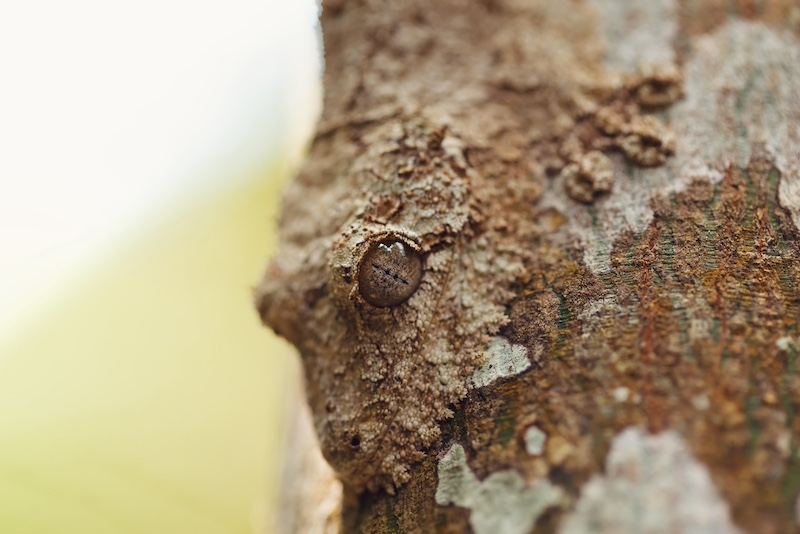Camouflage is a fascinating adaptation that allows animals to blend seamlessly into their surroundings, making it difficult for predators to spot them or helping them ambush unsuspecting prey. Among the most skilled practitioners of camouflage in the animal kingdom are reptiles. These cold-blooded creatures have evolved various strategies to avoid detection, from color-changing abilities to unique body shapes and patterns. Here are ten reptiles that are true masters of camouflage.
1. Chameleons

Chameleons are perhaps the most famous camouflage artists in the reptile world. These fascinating creatures can change their skin color to match their environment, communicate with other chameleons, or express their mood. This ability is made possible by specialized cells called chromatophores, which contain different pigments. In addition to color change, chameleons often have skin textures and body shapes that blend with their surroundings, making them nearly invisible to predators and prey alike.
2. Leaf-Tailed Geckos
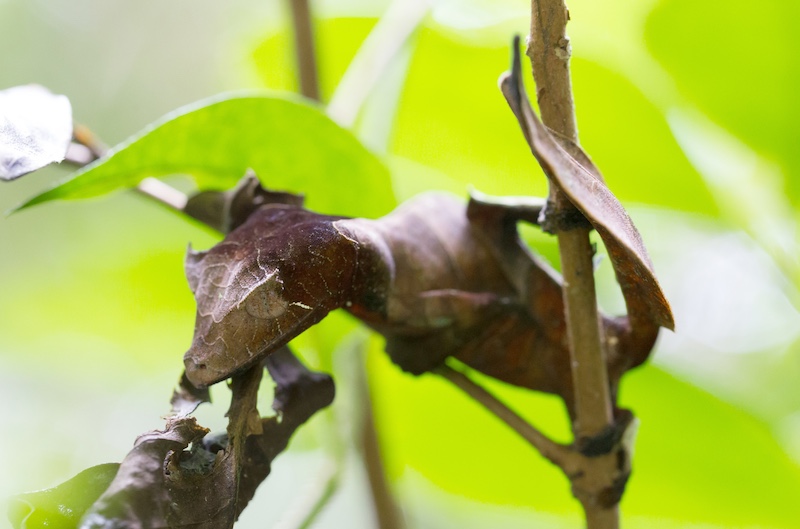
Native to Madagascar, leaf-tailed geckos are experts at blending into their forest environments. Their bodies often resemble dead leaves, complete with ragged edges and intricate patterns that mimic leaf veins. Some species even have tails that look like leafy appendages. This incredible disguise helps them avoid predators while they lie in wait for insects and other small prey.
3. Gaboon Vipers
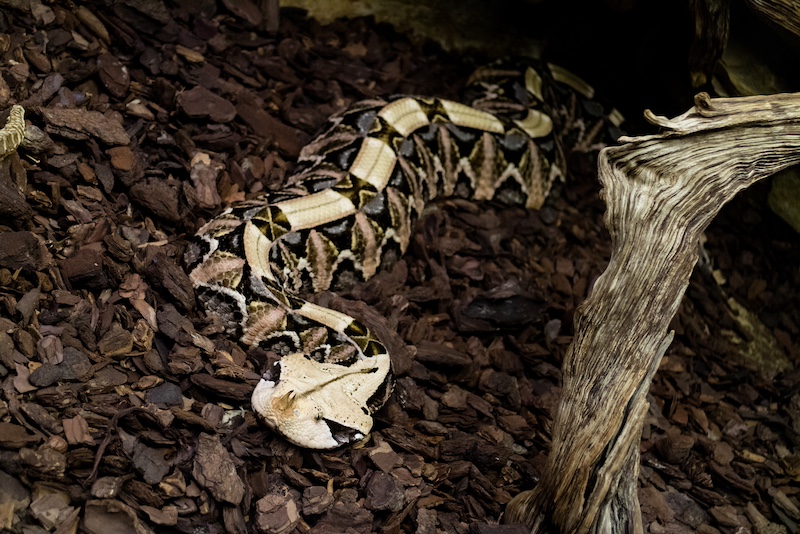
The Gaboon viper, found in the rainforests and savannas of Africa, is one of the most well-camouflaged snakes. Its pattern of brown, yellow, and white scales resembles the leaf litter of its habitat. With a broad, flat head and heavy body, the Gaboon viper can lie perfectly still, blending into the forest floor as it waits to ambush prey. This species also boasts the longest fangs of any snake, making it a formidable predator.
4. Pygmy Chameleons
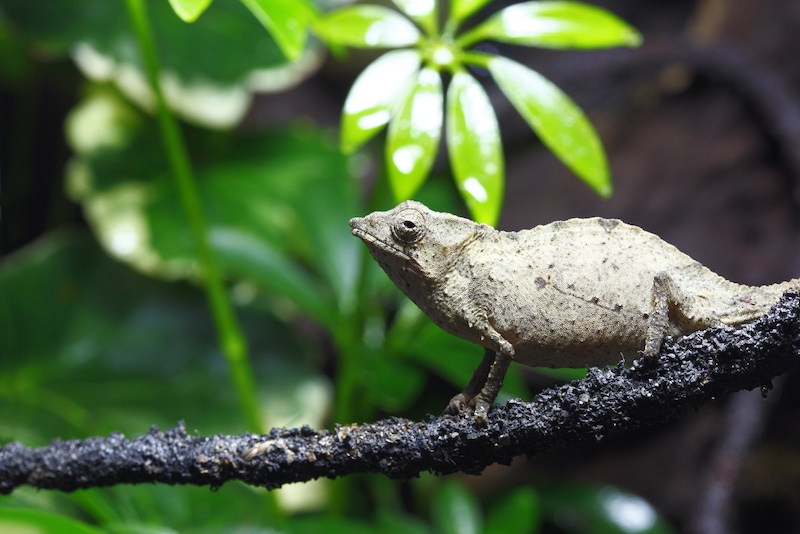
Pygmy chameleons, like their larger relatives, are adept at changing color to match their surroundings. However, they are also masters of mimicry. These tiny reptiles can flatten their bodies and adopt colors and patterns that make them look like dead leaves or twigs. This ability is particularly useful in the dense foliage of their African habitats, where blending in is crucial for survival.
5. Mossy Leaf-Tailed Gecko
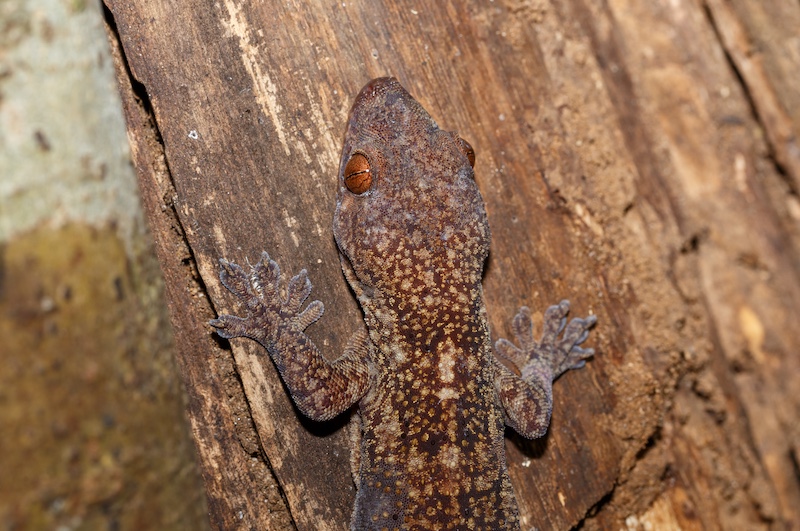
Another incredible example of camouflage in the gecko family, the mossy leaf-tailed gecko, looks like a piece of moss-covered bark. This species, also native to Madagascar, has a rough, textured skin that mimics the appearance of moss and lichen. Its body shape and coloration make it nearly indistinguishable from the trees and rocks it inhabits.
6. Horned Lizards
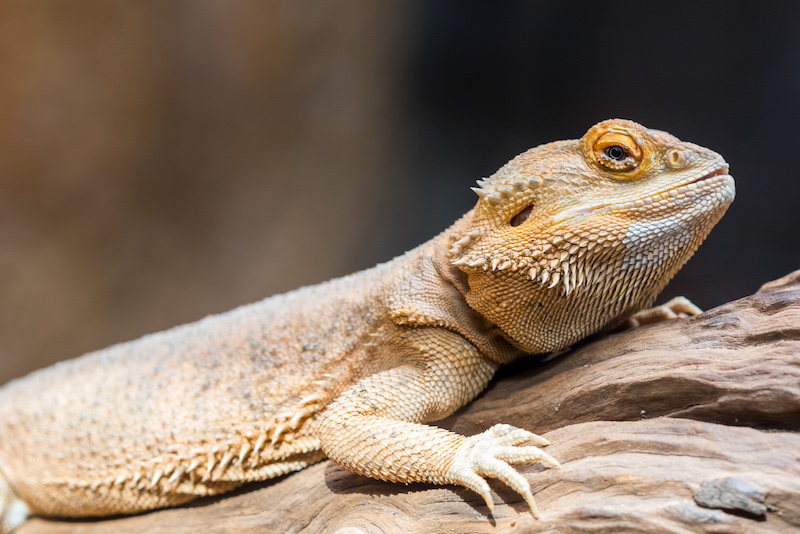
Horned lizards, found in the deserts of North America, have a unique form of camouflage. Their rough, spiny bodies resemble the texture of the rocky terrain they inhabit. They also have the ability to change color slightly to match their surroundings. In addition to their camouflage, horned lizards can puff up their bodies and squirt blood from their eyes as a defense mechanism, making them a formidable opponent for predators.
7. Green Iguanas

Green iguanas are well-known for their bright green coloration, which helps them blend into the lush vegetation of their tropical habitats. However, they can also change their color to various shades of brown and gray, allowing them to blend in with tree bark or the forest floor. This camouflage, combined with their ability to remain motionless for long periods, makes them difficult to spot.
8. Night Lizards
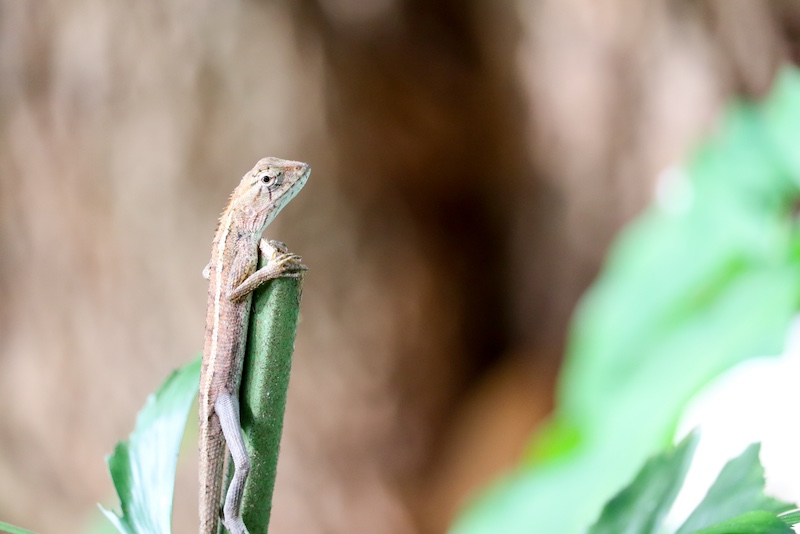
Night lizards are small, secretive reptiles that are found in arid regions of North America. They have a mottled brown and gray coloration that helps them blend in with the rocks and soil of their environment. Night lizards are also known for their ability to hide in small crevices and cracks, further aiding in their camouflage efforts.
9. Crested Geckos
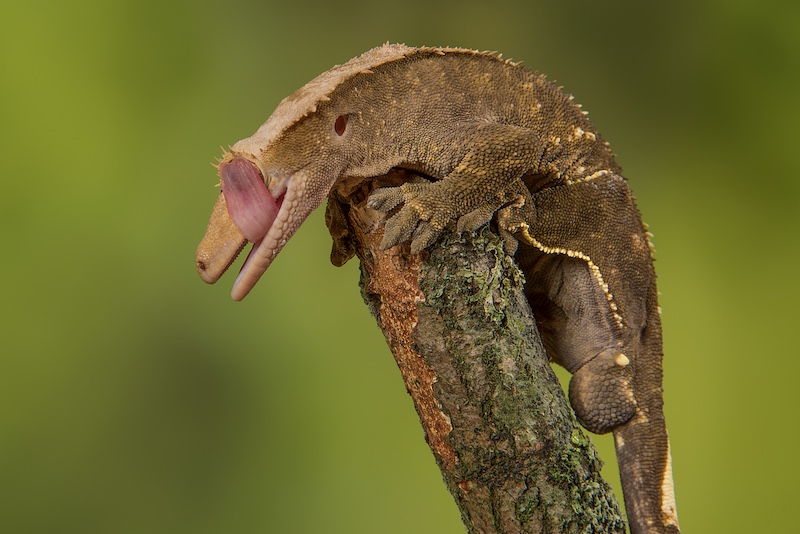
Native to New Caledonia, crested geckos have a unique appearance that aids in their camouflage. Their skin can vary in color from brown and gray to bright orange and red, depending on their surroundings. They also have a fringed crest running from their eyes to their tails, which helps break up their outline and blend in with the foliage and tree bark.
10. Mimic Octopus Lizard
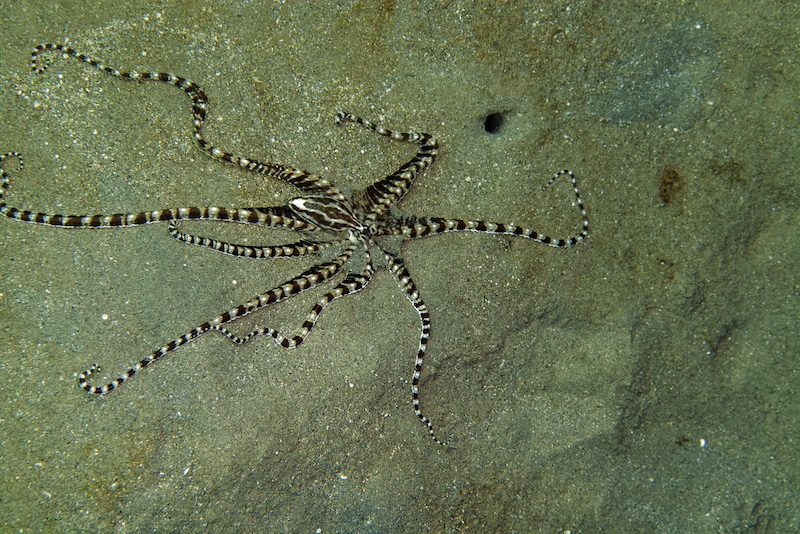
Although not a true octopus, the mimic octopus lizard is an amazing example of mimicry in reptiles. Found in Southeast Asia, this species has evolved to resemble the mimic octopus, a cephalopod known for its ability to imitate various marine animals. The lizard’s body can mimic the shape and movement of the octopus, helping it avoid predators by blending in with its surroundings or appearing as a more dangerous creature.
This content was created with the assistance of AI and thoroughly edited by a human before publishing

